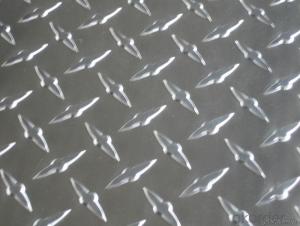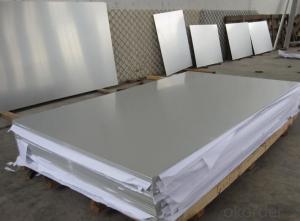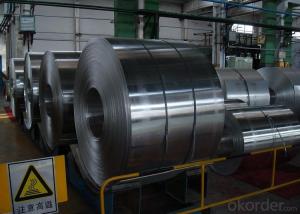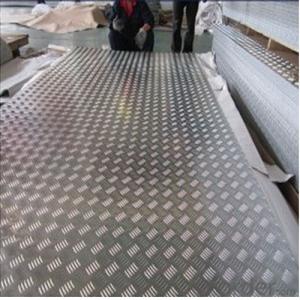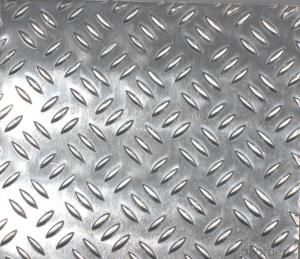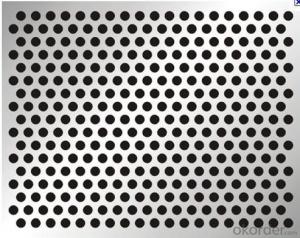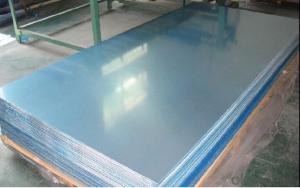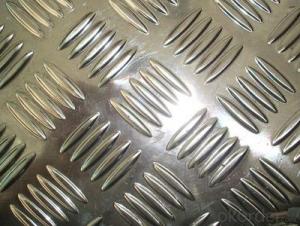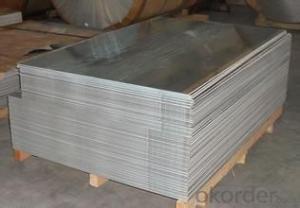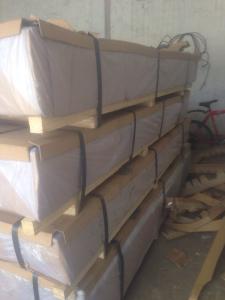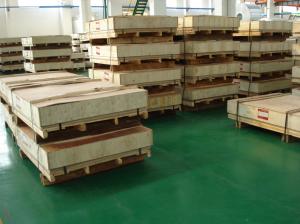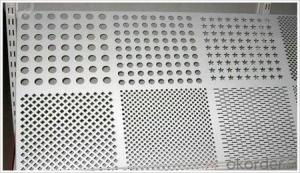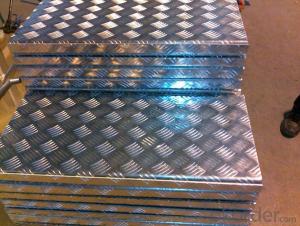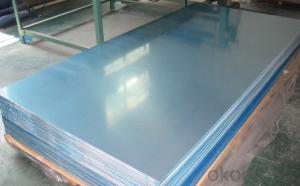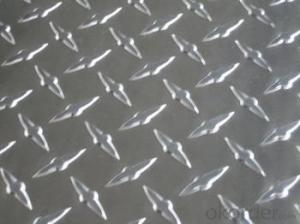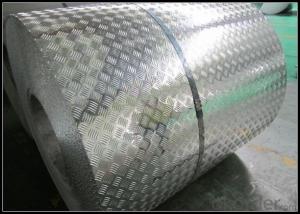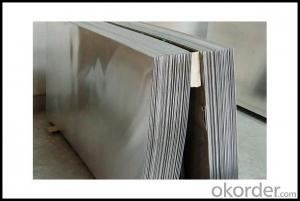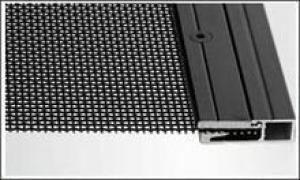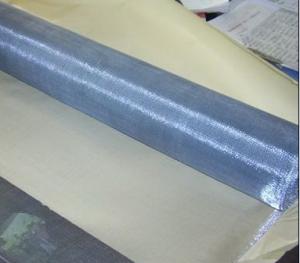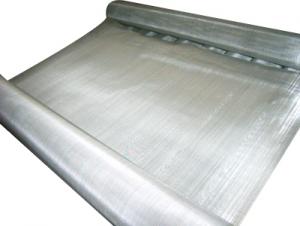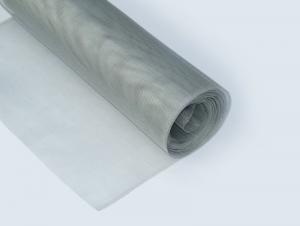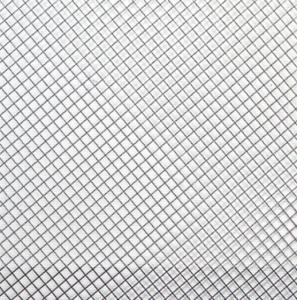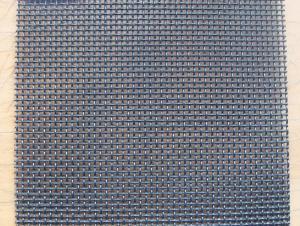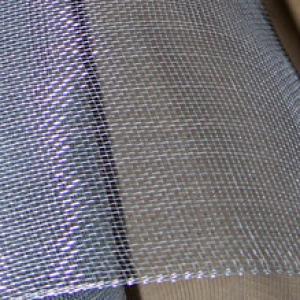Diamond Plate Aluminum Sheeting
Diamond Plate Aluminum Sheeting Related Searches
Diamond Plate Aluminum Sheets Diamond Plate Sheet Aluminum Aluminum Sheet Diamond Plate Sheet Diamond Plate Aluminum Sheet Of Diamond Plate Aluminum Sheet Aluminum Diamond Plate Sheets Of Aluminum Diamond Plate Aluminum Sheet Plate 1 4 Diamond Plate Aluminum Sheet Diamond Embossed Aluminum Sheet Aluminum Diamond Plate Panels Welding Aluminum Diamond Plate 1/4 Diamond Plate Aluminum Sheet Diamond Plate Aluminum Polish Polishing Diamond Plate Aluminum 1 8 Diamond Plate Aluminum Sheet Polishing Aluminum Diamond Plate Diamond Plate Aluminum Sheets 4X8 Aluminum Diamond Plate Polish Painting Aluminum Diamond Plate Polished Aluminum Diamond Plate Aluminum Diamond Plate Strips Aluminum Diamond Deck Plate Aluminum Diamond Plate 4x8 Sheet Aluminum Diamond Plate Material Bending Aluminum Diamond Plate Bending Diamond Plate Aluminum 4x8 Sheet Diamond Plate Aluminum Aluminum Sheet And Plate Diamond Checker Plate AluminumDiamond Plate Aluminum Sheeting Supplier & Manufacturer from China
Diamond Plate Aluminum Sheeting is a type of aluminum sheet material that features a distinctive, non-slip surface pattern, making it a popular choice for various applications. This product is known for its durability, corrosion resistance, and ease of maintenance, which are key factors contributing to its widespread use in different industries.The application and usage scenarios for Diamond Plate Aluminum Sheeting are vast, ranging from commercial and industrial flooring to ramps, walkways, and stair treads. It is also commonly used in truck beds, trailers, and other transportation equipment due to its ability to withstand heavy loads and harsh conditions. Additionally, its slip-resistant surface makes it an ideal choice for safety-critical areas where reducing the risk of accidents is paramount.
Okorder.com is a leading wholesale supplier of Diamond Plate Aluminum Sheeting, boasting a large inventory to cater to the diverse needs of customers. With a commitment to quality and customer satisfaction, Okorder.com ensures that the products they offer meet the highest standards, making them a reliable choice for businesses and individuals seeking durable, functional, and visually appealing aluminum sheeting solutions.
Hot Products



